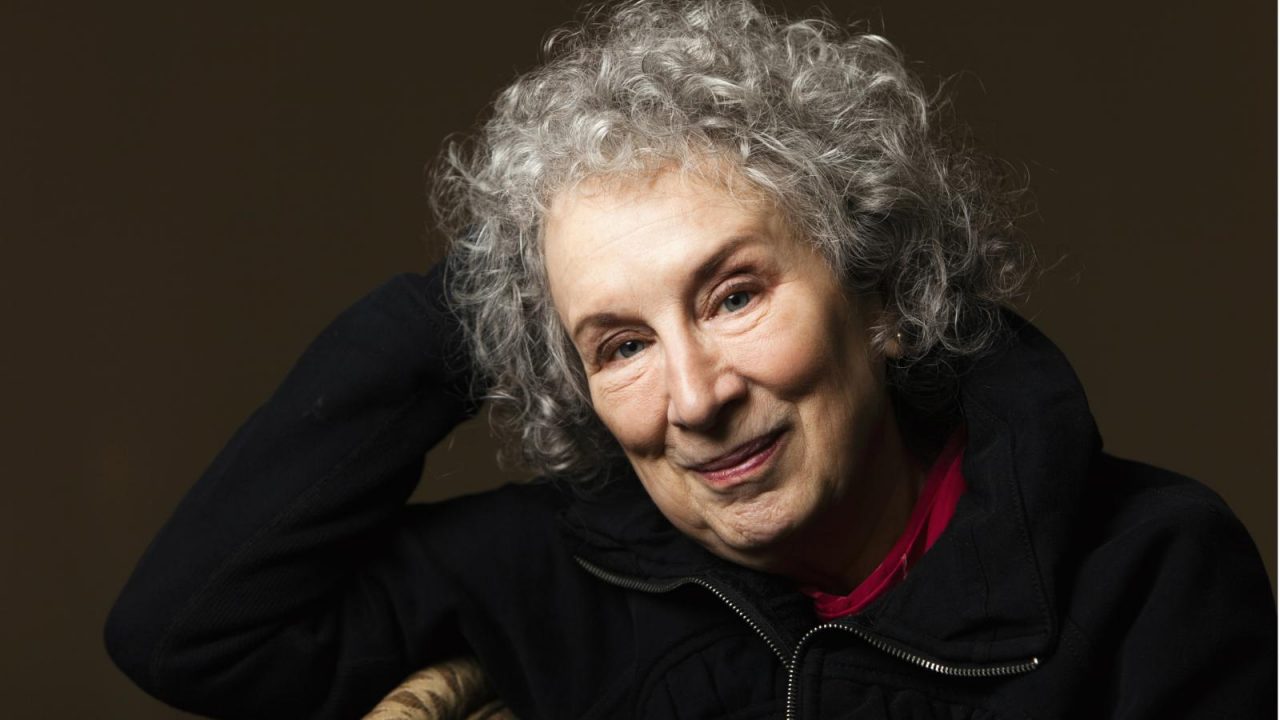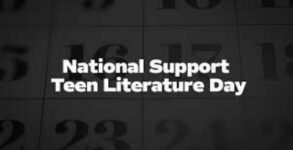Let’s take a look at the five influential novels by women writers with enduring impact on literature and society.
Pride and Prejudice by Jane Austen
First published in 1813 and named First Impressions this novel by Jane Austen continues to enthrall readers, holding position as one of the most loved books of all time. The novel, centered on intelligent and independent Elizabeth Bennet, her family and her suitor, the taciturn and wealthy Mr Darcy, is seen as an excellent social commentary on patriarchy, marriage and class, role of women, and use of irony. It continues to generate contemporary retellings and adaptations in movies and more novels.
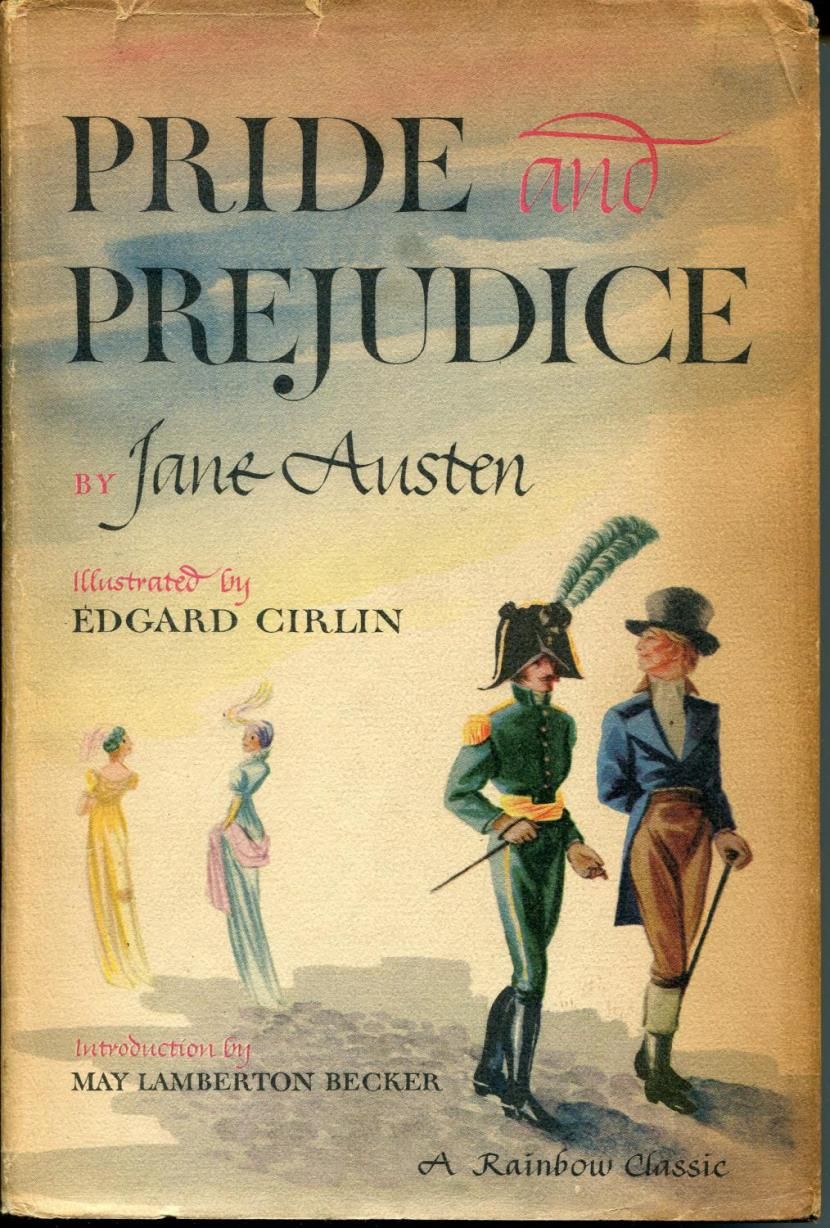
Jane Eyre by Charlotte Bronte
The eldest of the famous Bronte sisters wrote the novel under pseudonym (as was the practice with female authors of the time) in 1847. The novel, in a first person narrative, recounts the life events of its heroine in a commanding and intimate voice. Since its publication the novel has been hailed as an effective analysis of feminism, Christian morality, colonialism, class divide, madness, and sexuality. Jane’s famous speech where she asserts her identity is now recognized as powerful examination of female self and consciousness. Subsequent analysis have explored the role of colonial subject and the novel Wide Sargasso Sea, told from the point of view of Rochester’s first wife Bertha Mason, is regarded as a classic in itself.
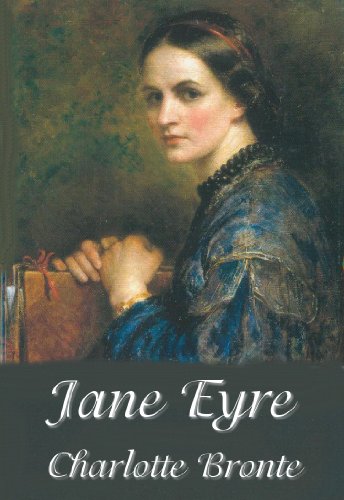
Frankenstein by Mary Shelley
Frankenstein is often hailed as one of the first and finest science fiction novel and Mary Shelley wrote it at the age of 18 as part of a competition between her husband poet Percy Shelley and poet Byron. It is part Gothic horror and part exploration of the human condition. The doctor, Victor Frankenstein (often confused with the monster), creates a creature with dead body parts and imbues it with life and the novel presents their narratives. The novel has since then inspired countless novels, plays, films and the genre of horror, Goth and science.
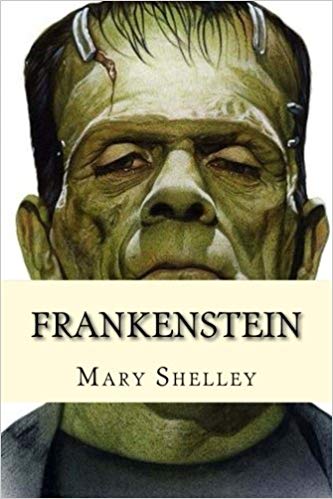
The Handmaid’s Tale by Margaret Atwood
The dystopian novel that depicts an authoritarian regime that control’s women’s bodies among other things retains its relevance as debates on abortion rights and women’s autonomy over their bodies is raging in some states of America. The rise of right wing globally and subsequent curbing of dissent and civil liberties as well as strict division of people into classes and groups also mirrors the state depicted in the novel. Atwood prefers to term the novel’s genre as ‘speculative fiction’ that she describes thus, “Science fiction has monsters and spaceships; speculative fiction could really happen.”
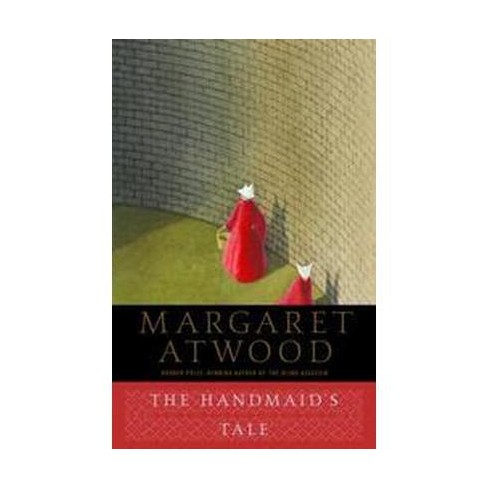
Harry Potter series by JK Rowling
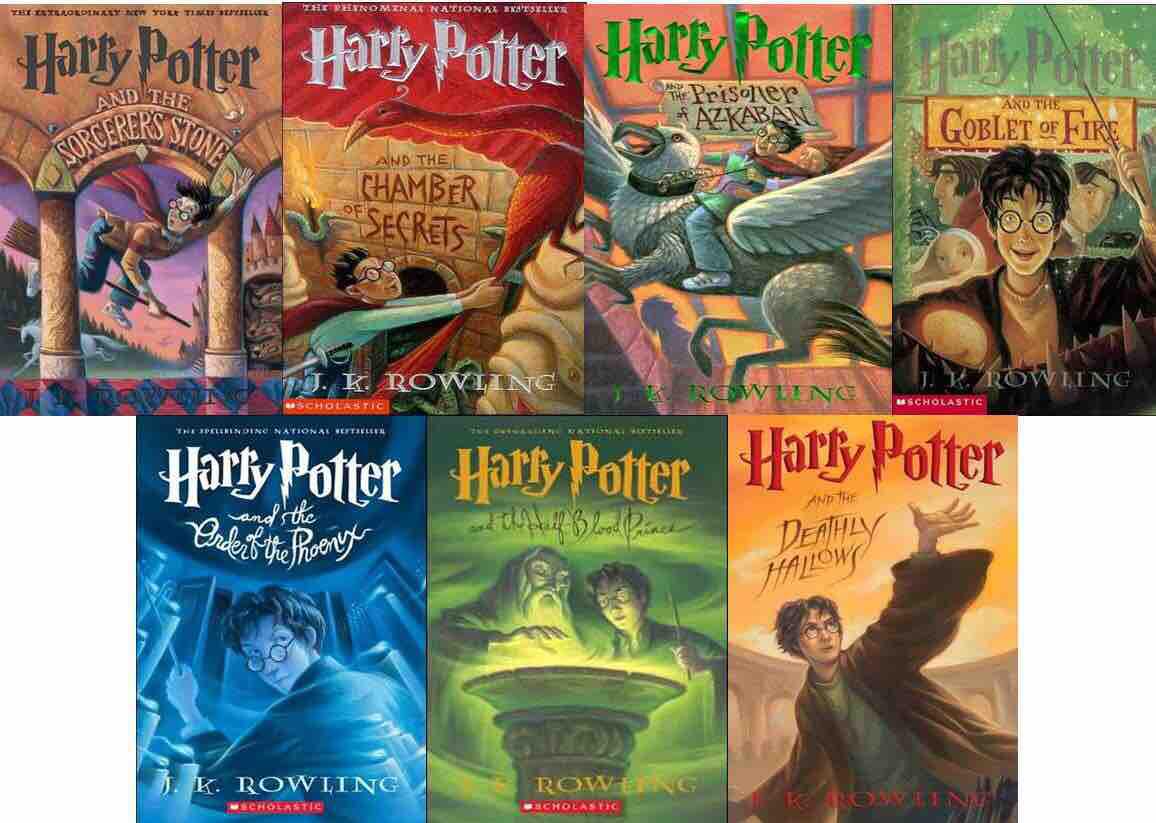
This series of seven fantasy novels of a boy wizard and his friends has managed to garner stupendous commercial success (best selling book series in history) as well as critical acclaim. The novel fashioned around classic good versus evil battle also touches upon themes of hero’s quest, friendship, resistance to violence and hatred, love and death. It has led to movies, theme parks, video games and plays. Its cultural impact has been huge. It has been argued that these books have potential to increase reading among children and that the series’ readers have been found to be more liberal, tolerant, ethical, and inclusive.

